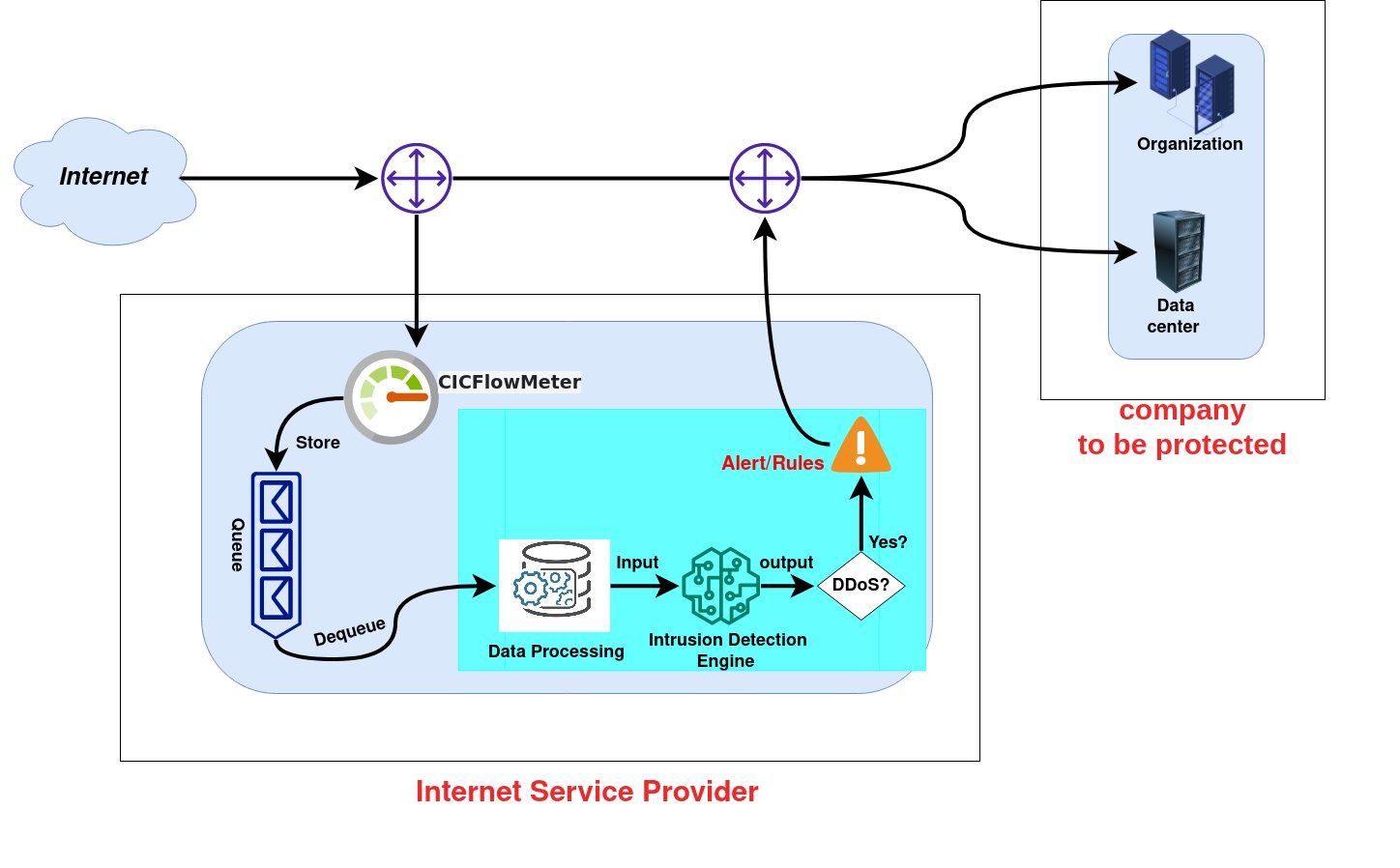A new AI-based tool to detect DDoS attacks
Cybercriminals are coming up with increasingly savvy ways to disrupt online services, access sensitive data or crash internet user’s devices. A cyber-attack that has become very common over the past decades is the so-called Distributed Denial of Service (DDoS) attack.
This type of attack involves a series of devices connected to the internet, which are collectively referred to as a “botnet.” This “group” of connected devices is then used to flood a target server or website with “fake” traffic, disrupting its operation and making it inaccessible to legitimate users.
To protect their website or servers from DDoS attacks, businesses and other users commonly use firewalls, anti-malware software or conventional intrusion detection systems. Yet detecting these attacks can be very challenging today, as they are often carried out using generative adversarial networks (GANs), machine learning techniques that can learn to realistically mimic the activity of real users and legitimate user requests.
As a result, many existing anti-malware systems ultimately fail to secure users against them.
Researchers at Institut Polytechnique de Paris, Telecom Paris (INFRES) have recently developed a new computational method that could detect DDoS attacks more effectively and reliably. This method, introduced in a paper published in Computers & Security, is based on a long short-term memory (LSTM) model, a type of recurrent neural network (RNN) that can learn to detect long-term dependencies in event sequences.
“Our research paper was based on the problem of detecting DDoS attacks, a type of cyber-attacks that can cause significant damage to online services and network communication,” Ali Mustapha, one of the researchers who carried out the study, told Tech…


